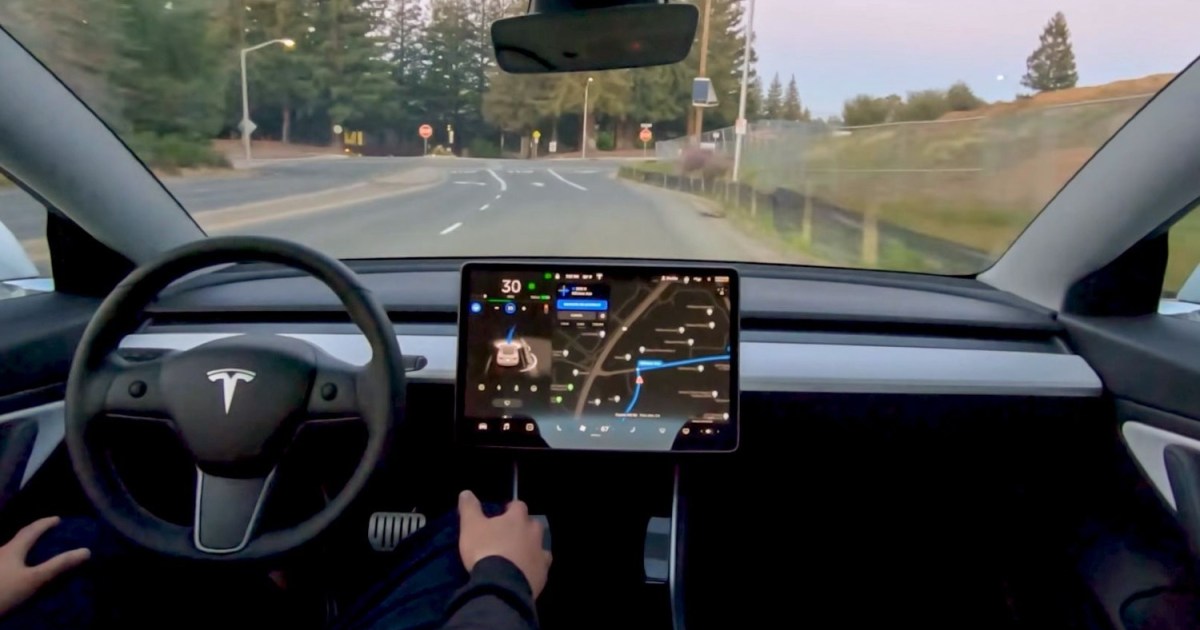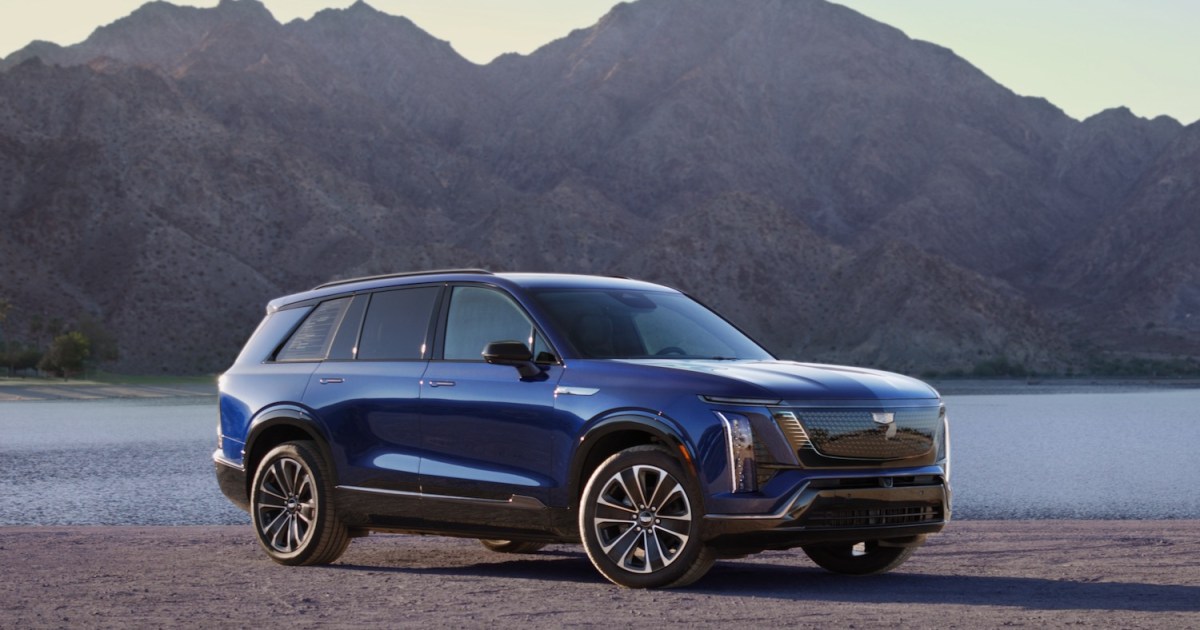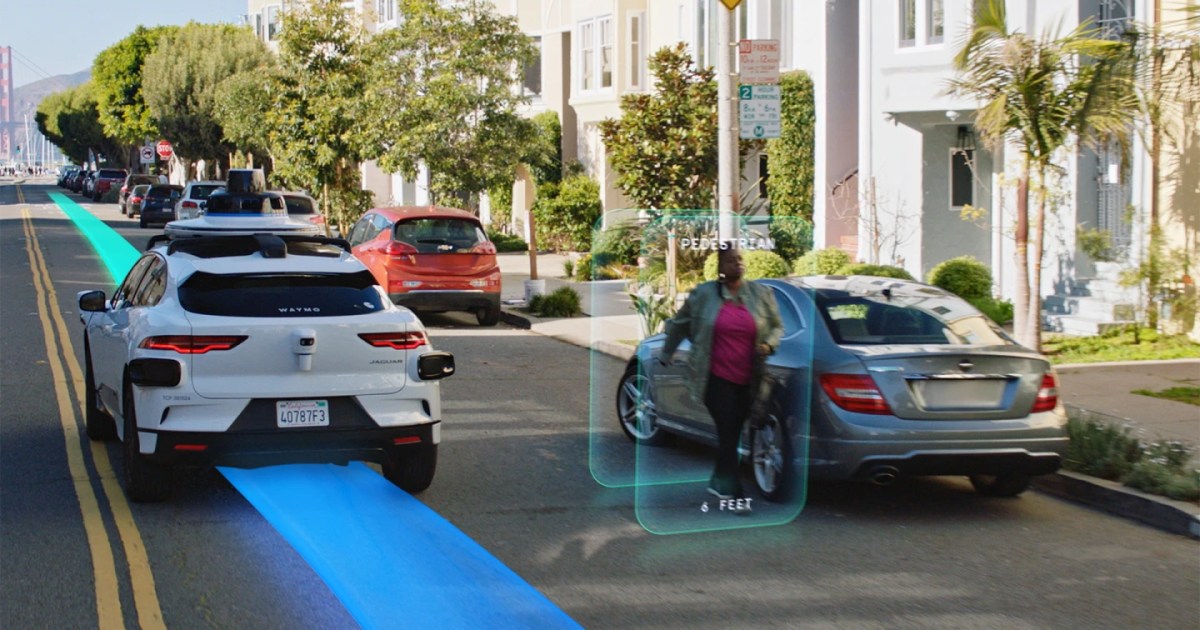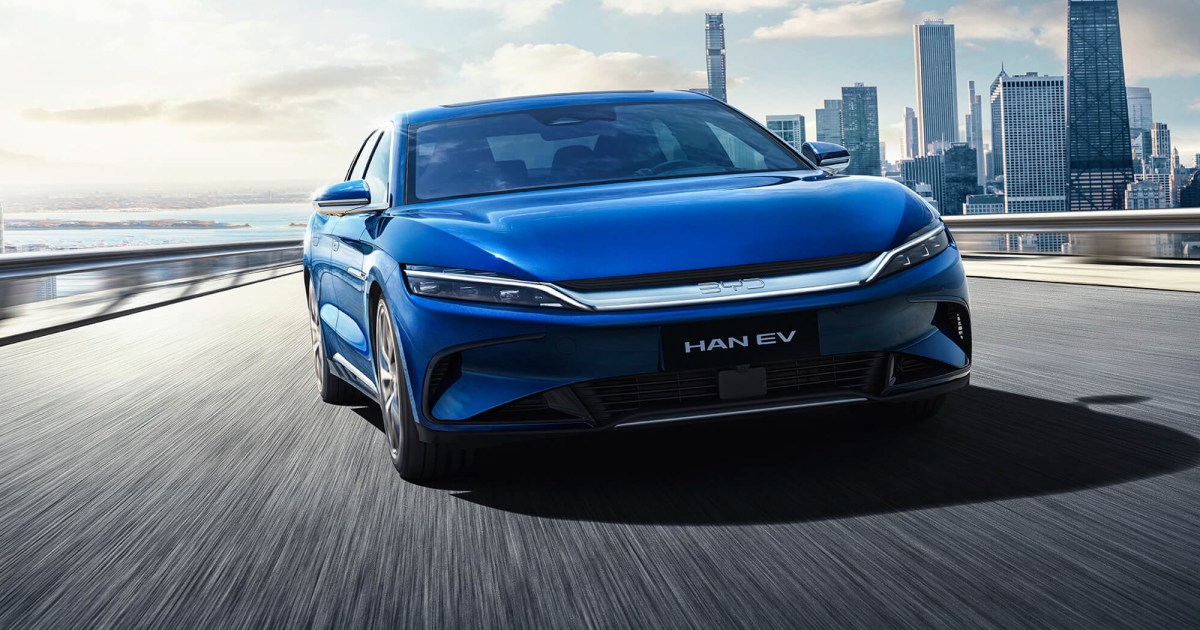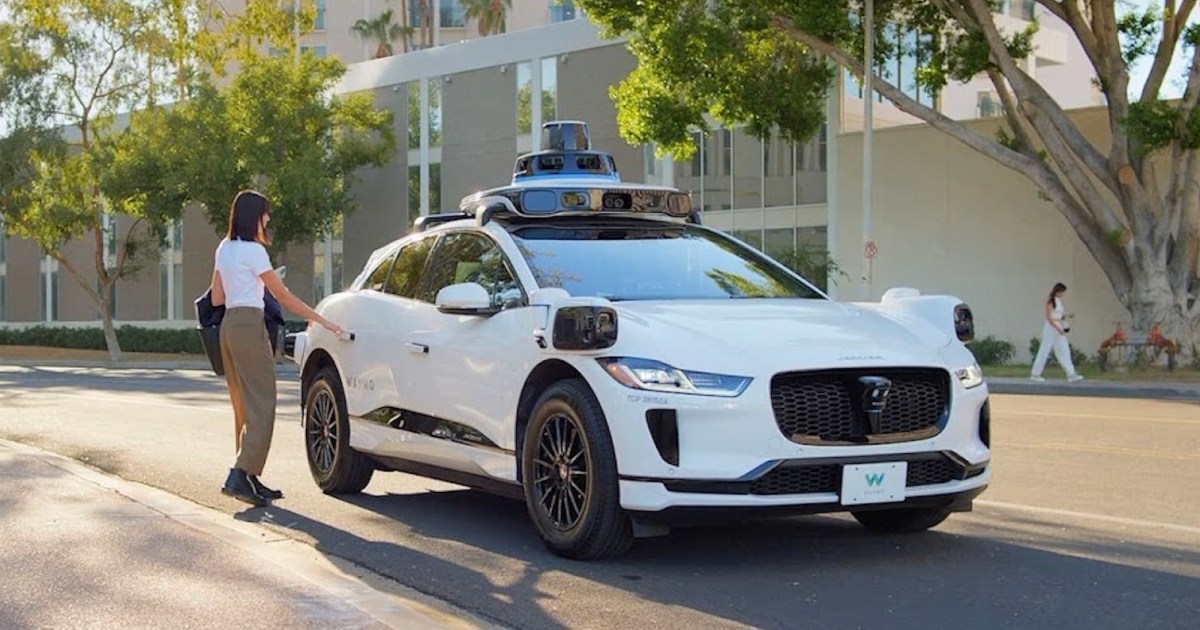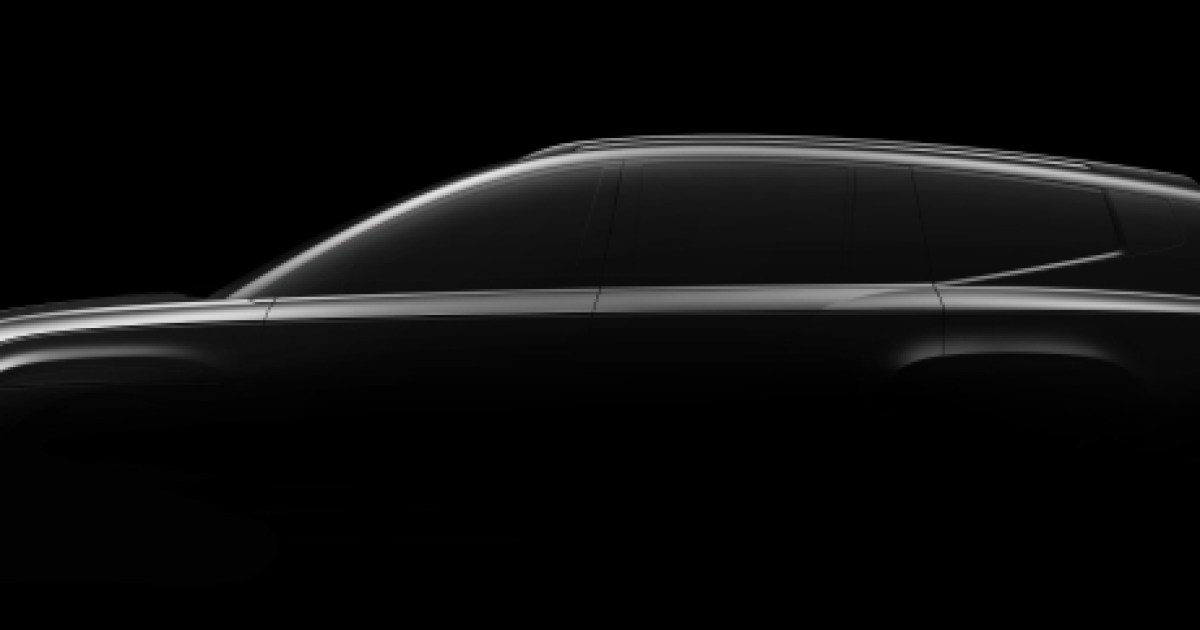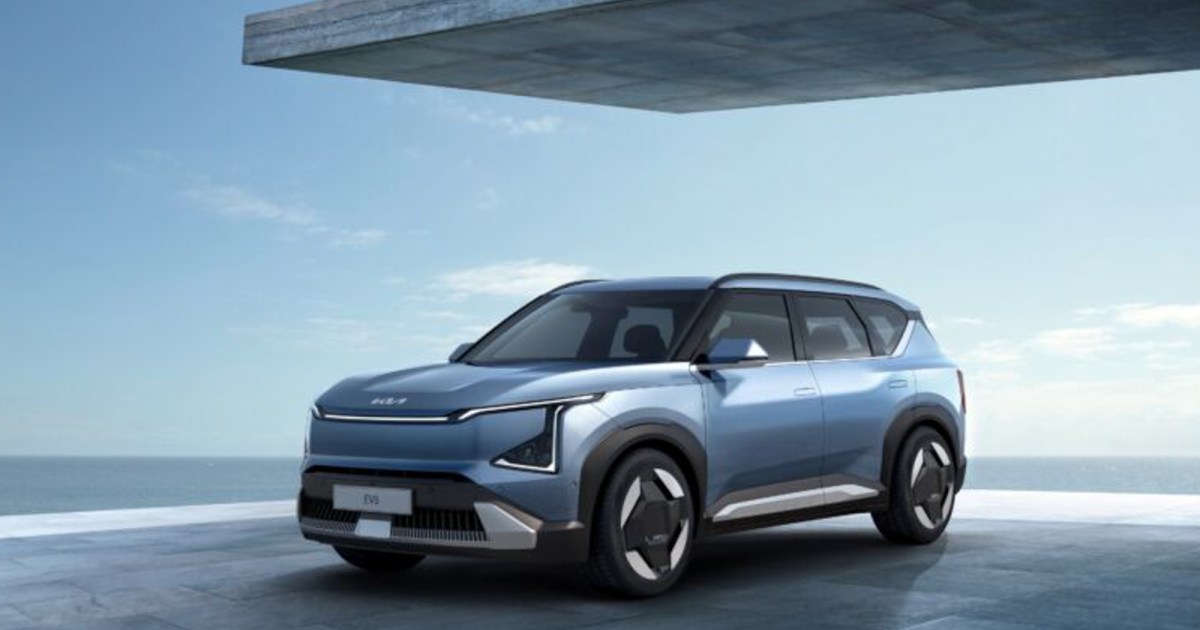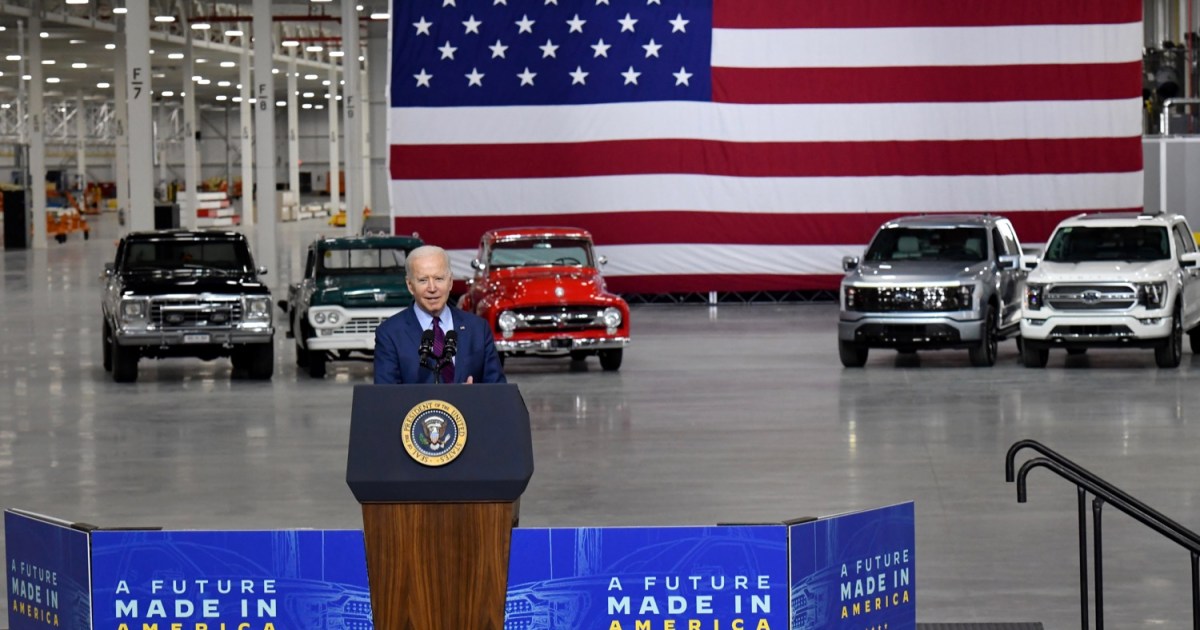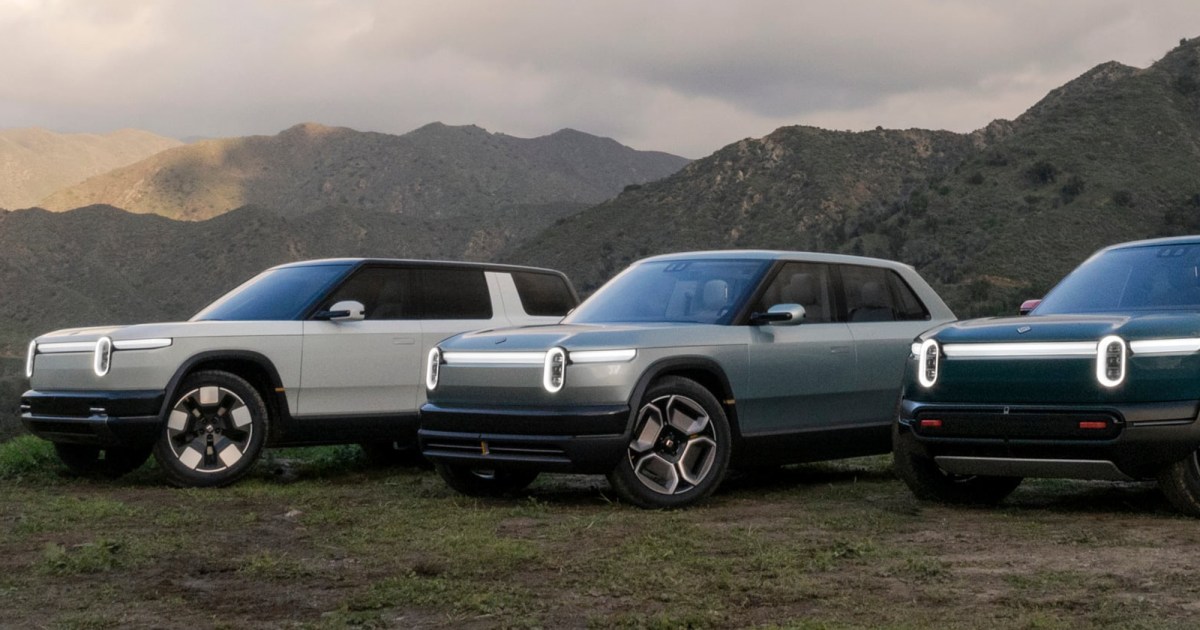The National Highway Traffic Safety Administration (NHTSA) has expressed concerns regarding Tesla’s marketing of its Full Self-Driving (FSD) software, alleging that the automaker’s use of social media and its website present misleading claims about the system’s capabilities. This warning, initially issued in May, was publicly disclosed in an email to Tesla released on November 8th.
The NHTSA initiated an investigation in October encompassing 2.4 million Tesla vehicles equipped with FSD. This investigation follows reports of three collisions and one fatality, focusing on FSD’s performance in common reduced visibility conditions such as sun glare, fog, and airborne dust. In these situations, the NHTSA suggests drivers may not fully grasp their responsibility for control or completely understand the system’s limitations.
Gregory Magno, the NHTSA’s chief vehicle defects investigator, highlighted Tesla’s X (formerly Twitter) account activity in an email to the company. He noted that Tesla has reposted or endorsed content depicting disengaged driver behavior. These posts, including reposted YouTube videos, potentially portray FSD as a “Robotaxi” rather than a driver-assist system requiring continuous attention and driver intervention.
The NHTSA cited several concerning Tesla posts on X. One highlighted a driver using FSD while experiencing a heart attack. Another showcased a 50-minute FSD-assisted drive home. Furthermore, third-party comments on these posts promoted FSD’s use while under the influence of alcohol or fatigued, raising significant safety concerns.
The regulator also pointed out conflicting messaging on Tesla’s official website regarding FSD capabilities. The NHTSA has formally requested Tesla revise its communications to align with FSD’s approved instructions. These instructions emphasize that FSD is a driver-assist system requiring drivers to remain alert and prepared to intervene at all times.
Last month, Tesla unveiled the Cybercab, an autonomous vehicle without a steering wheel or pedals, marketed as a robotaxi similar to Waymo’s service. However, Tesla’s self-driving technology remains under regulatory scrutiny. FSD relies on onboard cameras and machine learning models to make driving decisions.
In contrast, Waymo utilizes pre-mapped roads, sensors, cameras, radar, and lidar, a more expensive approach that has gained regulatory approval. This difference in technology and regulatory standing underscores the ongoing debate surrounding the safety and reliability of autonomous driving systems.
The NHTSA’s concerns highlight the critical need for accurate and transparent communication regarding autonomous driving technology. Misleading marketing can lead to driver complacency and potentially dangerous situations, emphasizing the importance of ongoing regulatory oversight in this rapidly evolving field.



